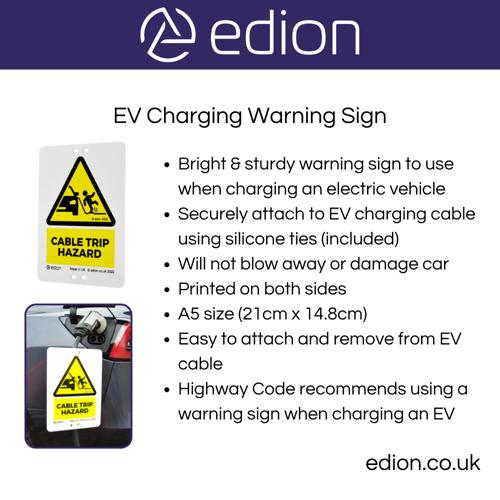Stay Charged While Traveling: Critical Cybersecurity Tips
In an age where our smartphones are indispensable travel companions, ensuring their security while charging in public places has become increasingly vital. The Transportation Security Administration (TSA) has issued a cautionary message regarding the dangers of using public USB charging stations, which have become common in airports and other public venues.
The TSA highlights a practice known as "juice jacking," where hackers exploit public USB ports to install malware or retrieve sensitive data from devices. This practice poses a significant risk to travelers who, in a rush or desperation for a power boost, may connect their phones to these communal charging stations without consideration of the potential threats. The TSA’s advice is clear: avoid plugging your devices into USB ports in public places.
To avoid this risk, the TSA recommends travelers carry their own power sources. Specifically, bringing a TSA-compliant power bank or charger offers a safe alternative, allowing you to recharge without the exposure posed by public systems. Unlike USB ports, traditional power outlets are considered safer, as they do not typically allow for data transfer, minimizing the risk of hacking during a recharge.
Beyond charging safety, the TSA also warns about the hazards associated with using free public Wi-Fi networks. Individuals should exercise caution when connecting to these networks, especially if sensitive information needs to be transmitted, such as passwords or credit card numbers. The TSA advises against online transactions over unsecured Wi-Fi and suggests using a Virtual Private Network (VPN) or relying on cellular data when possible.
As cybercrime continues to evolve, awareness and proactive measures can greatly enhance your digital security while traveling. By following these guidelines and prioritizing the use of secured charging methods and networks, travelers can safeguard their personal data and enjoy peace of mind during their journeys.
Bias Analysis
Key Questions About This Article




